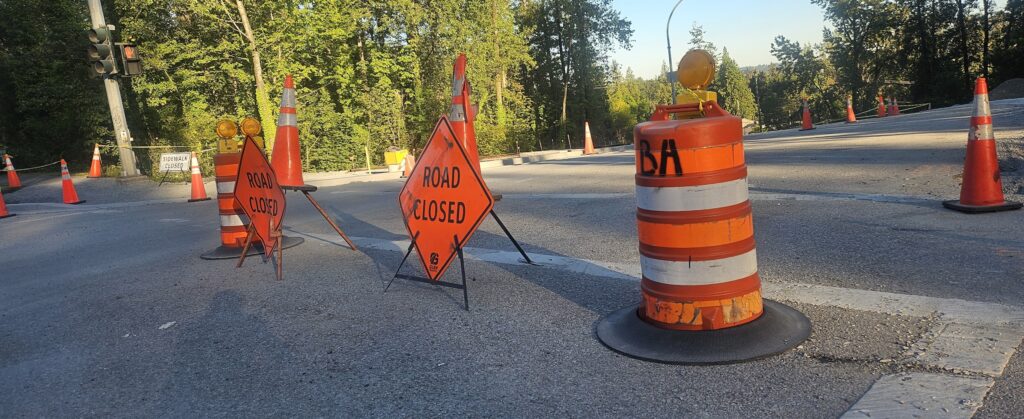
In this article, we are talking about the need for speed in terms of movement as well as response time if you want to be able to defend yourself. As seniors, we lack raw speed as compared to attackers who picked us because they are usually stronger and faster. therefore we want introduce the concept of “relative / smart speed”.
Everyone knows that given the same distance, with the same ability to generate speed, the longer the distance, the longer it takes to travel that distance. Similarly, it takes less time if you can choose a short path.
The average human response time to visual stimuli is around 0.25 seconds. A strike delivered at an average speed of 20 miles per hour takes only 0.1 seconds to travel approximately 3 feet. This means that if someone is within 3 feet of you, you are almost guaranteed to be hit before you can respond. Therefore, your defense must focus on eliminating any controllable delays. Additionally, you should try to cause maximum delays for your opponent to give yourself more time. Furthermore, if you know that it is going to be a physical and you cannot get away, don’t you think from strictly a strategic position perspective, the one initiating has an advantage?
On the street, your primary goal is to survive. It is not about your fairness, ego or winning. There are no winners; someone will get hurt, and there are consequences. Lets hope you are not the one paying dearly for someone’s foolish behavior..
Aside the speed of movements and reflexes, there is yet another factor that can cause serious delays – hesitation / decision time. During the escalation of a conflict, one of the longest delays is often the decision / commitment to fight. Your need to defend yourself should never be about “teaching someone a lesson,” “I was so angry,” or “I want to slap him silly.”. You cannot go into a fight half-heartedly. Once it starts, there is no going back. We are not trained mercenaries and most of us never had a serious fight with a stranger. The decision to hurt someone even if it is to protect yourself or love ones is never easy—the consequences may haunt you for a long time. To eliminate decision delays, establish some pre-decided red lines, such as “Anyone attacking my family is dead meat,” or “Properties that are replaceable are not worth the risk.”
In a previous article, I explained why I don’t like blocking a strike using our hand / arm – you simply need to be faster than the attacker. While I do NOT prefer blocking with my hands, they are still a tool of last resort. If you plan to use your arms to block or to attack, do not leave them limp at your sides. However, this does not mean you raise your guard before any sign of a physical attack, doing so can give bystanders the impression that you are the aggressor. Disguise your guard by simple gesture like wrapping your arms in front of your chest or brush your nose casually can already 1/2 the distance need to block.
As seniors, you are targeted because others think they are stronger and faster. Try not to make yourself a target is your best strategy. Don’t let things escalate without taking strategic pauses before it gets out of control. When you detect a hostile environment, do keep the distance and summon all the potential resources around you. Be brave but not stupid!


